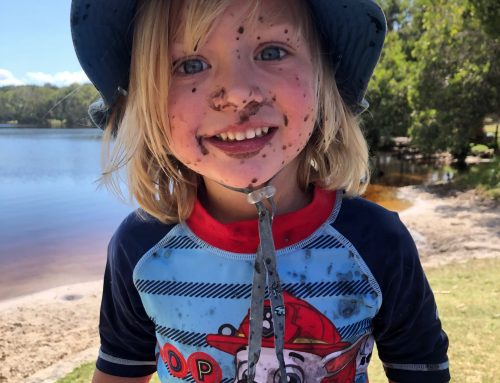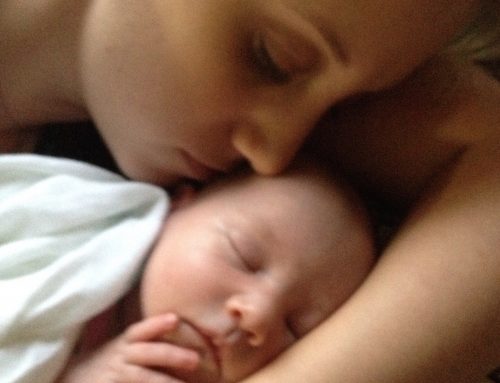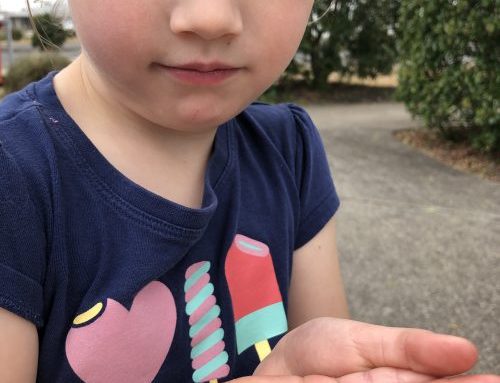After chimps or gorillas give birth, those mothers hold their babies closely and possessively for many months. They will not allow others to get too near or to hold their baby, and the mother is the sole carer.
During the hunter/gatherer era, the life of homo sapiens was tough and precarious. Without sharing the care of her baby with kinfolk it would have been impossible for a woman to meet the intensive and prolonged needs required on her own. Apparently it takes a total of 13 million calories to grow an adult from babyhood. That’s a lot of gathering to do on your own!
Hence our behaviour after birth evolved in a completely different direction from that of other great apes. We would demonstrate how beautiful our new baby was to all and sundry. We would show our babies off to grandmas and aunties and allow them to look at and hold them, often within hours of birthing. This acted as a powerful attractant for the other women, who couldn’t help forming a bond and a desire to nurture the baby and help the mother.
The babies also assisted in this process. They evolved to be seriously cute and indiscriminating about whom they attracted with their gummy smiles, cute faces and soft bodies. They also became hard-wired for empathy and sociability, and, unique in the animal kingdom, as early as a year of age, they give objects to others. This is a delightful technique, which keeps everyone nearby onside, as back-up carers.
It is therefore not surprising that studies conducted in the developing world have shown repeatedly that the presence of (especially a maternal) grandma and to a lesser extent other female relatives, increases the chance of the baby’s survival by a significant factor.
So when you get home from the hospital and the living room is filled with smiling sisters, animated aunts and grinning grandmas, all with grasping hands – accept graciously. In the future they will be the key to you getting stuff done, and maybe even a shower!
REF: ‘Mothers and Others. The Evolutionary Origins of Mutual Understanding” Sarah Blaffer Hrdy, Harvard Univ Press 2011










Leave A Comment
You must be logged in to post a comment.